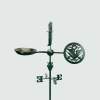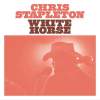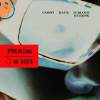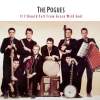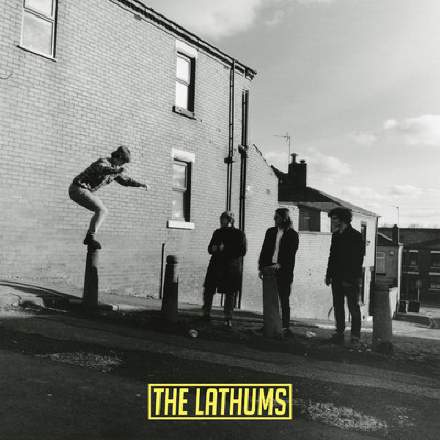
Reading about this mix in Sound On Sound magazine’s ‘Inside Track’ feature recently, my eye was immediately drawn to this screenshot of the bass-guitar’s EQ plug-in:
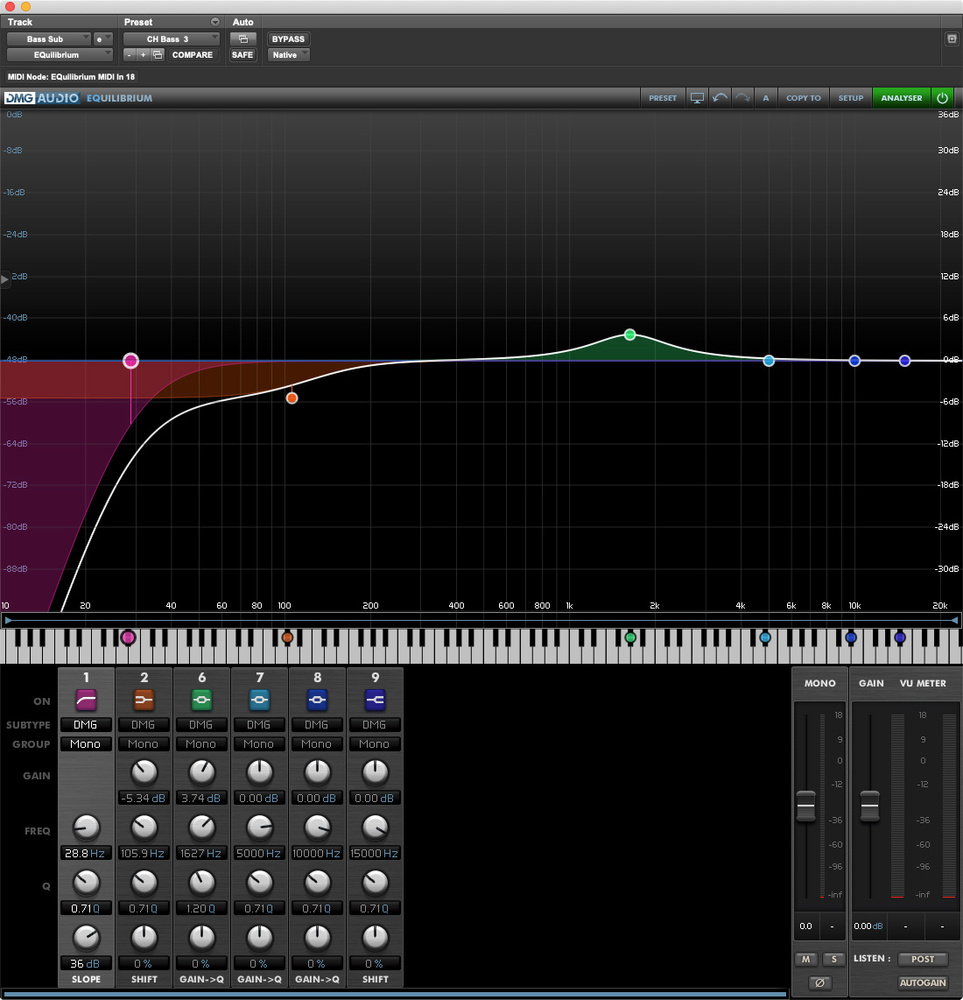
If you zoom in on the low-end settings, it appears there’s a 36dB/octave high-pass filter at 30Hz and a 5dB shelving cut at 100Hz, which together combine to pull the low-end response 6dB down by 60Hz. Listening to the track, the high-pass filter seems more of a safety measure than anything, given that the musical part doesn’t really put any fundamentals below about 70Hz, but I confess that I was a bit surprised by the shelf, because I think the bass guitar sounds a bit lightweight, to be honest. Yes, there’s decent low-frequency extension to the kick, so it’s not like the lower two octaves of the spectrum are being totally ignored. But now that so many other modern productions are taking advantage of more sub-friendly loudness normalisation routines to deliver more deep low end in general, I do hanker for a greater sense of warmth and depth to this song’s harmonies on larger playback systems – even while we’re traipsing round the same old I-V-vi-IV pattern that everyone seems to be wearing out at the moment.
I don’t think there’s any serious technical reason you couldn’t have boosted the low-end warmth by shadowing the bass line with a surreptitious subharmonic layer, a bit like this: as released: play_arrow | get_app with added sub: play_arrow | get_app Yes, you might encounter peak-level mastering-headroom concerns when the subharmonic combines with the kick, but it’s easy enough to avoid that by rhythmically ducking the added sub layer in response to the kick – those two example snippets have exactly the same peak level, for instance. So, basically, I’m assuming that this isn’t some kind of oversight. Which leads me to wonder what the thought process might have been…
Fundamentally, the choice of how bassy you make your mix is all aesthetics of course. But, putting myself in the mix engineer’s shoes for a moment, I reckon most musicians probably side with Joe Chiccarelli when he says “no-one complains when there’s too much bass on a record”, so delivering a mix to your client with the bass guitar like this instinctively feels like a high-risk move to me. However, when I compared the Dave Way and Spike Stent mixes while critiquing The Spice Girls’ 'Wannabe', I pointed out that sometimes the most sonically satisfying mix isn’t necessarily the one that best serves the music, and I wonder whether that’s the perspective that this ‘I’ll Get By’ mix is coming from. Making the bass/guitar/keyboard texture less heavyweight arguably better suits the band’s ‘cheeky wee lads with hand-knitted bacon butties’ image, making the music seem more fresh-faced and playful, not least because it clears more space for the kick-drum to feel like it’s bouncing along at the low end.
I also wonder whether it’s a deliberate throwback to the indie-band productions of the late 80s and early 90s, an era before hip-hop’s mainstream influence on the low-end landscape. In that context, the slimmer low end could be seen as something of a retro flag, in much the same way that cheesy synth/drum sounds, heavy chorus, and gated reverbs have been lending shorthand 80s cachet to so many pop productions over the past few years.
For my part, though, I’m hoping they’ll maybe want more sub for that difficult second album…
